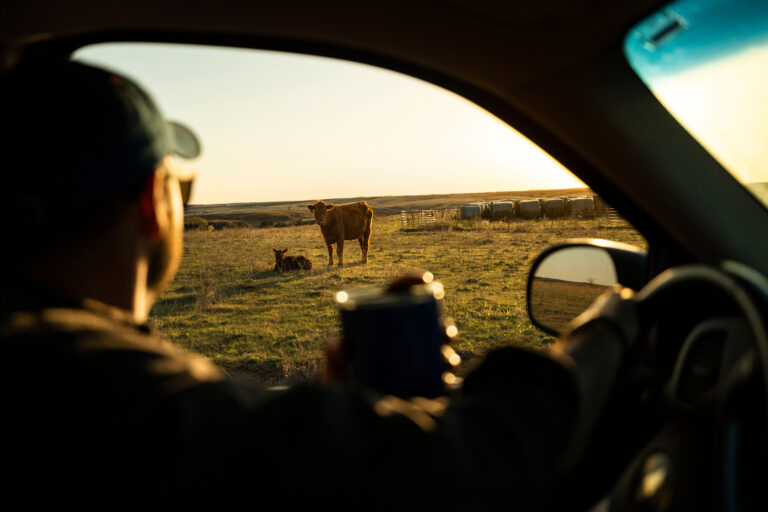
Trump’s DOJ Meatpacker Investigation Explained—and What Must Happen Next
The Department of Justice’s investigation is a welcome first step. But if policymakers are serious about standing up to abusive corporate power, they must go beyond an inquiry.

The Department of Justice’s investigation is a welcome first step. But if policymakers are serious about standing up to abusive corporate power, they must go beyond an inquiry.
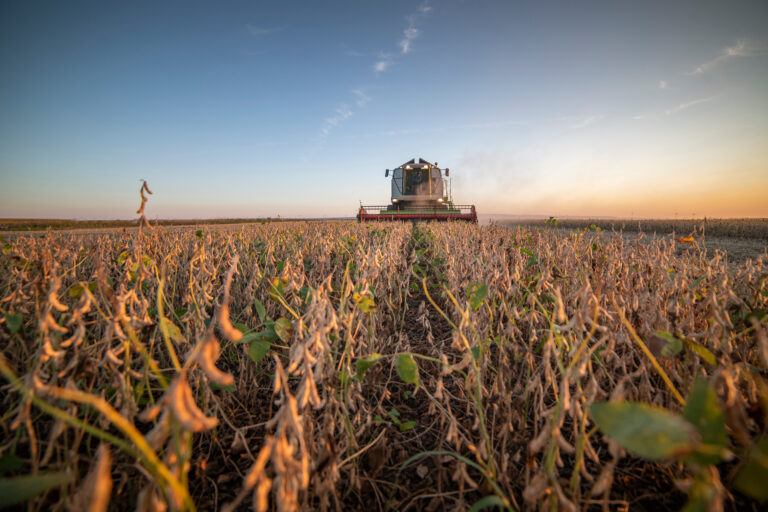
Beneath the headlines about trade wars and bailouts lies a deeper truth: America’s agricultural system is structurally flawed.
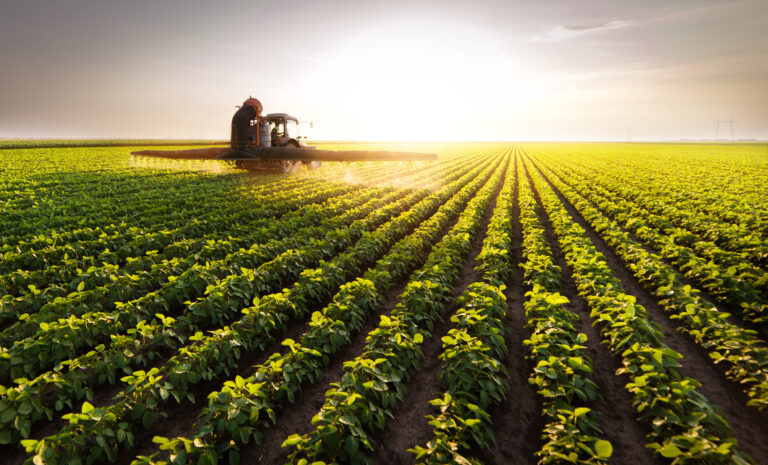
The MAHA Commission’s May report exposed corporate capture in ag policy—but the leaked strategy draft dodges solutions. One big reason: government checkoffs.
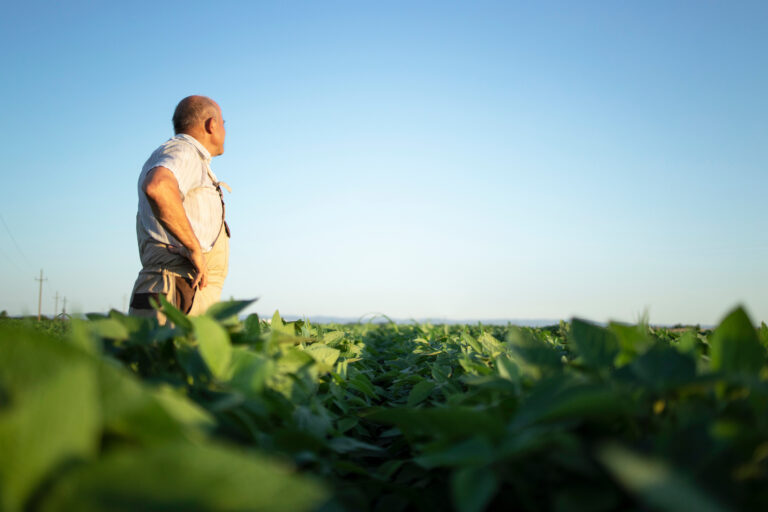
Corporations have transformed the farmer safety net into something entirely different: a hamster wheel that keeps farmers stuck, no matter how hard they run.
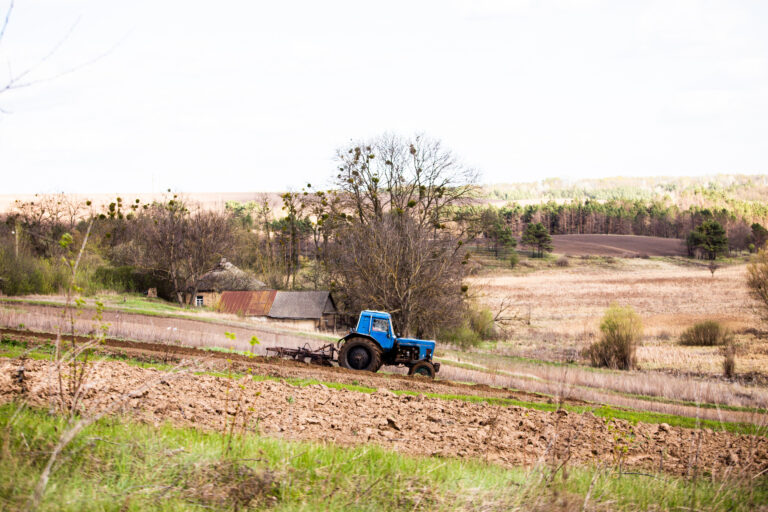
Will the administration keep its word, or let powerful interests maintain the same rigged system that has failed the American people for decades?
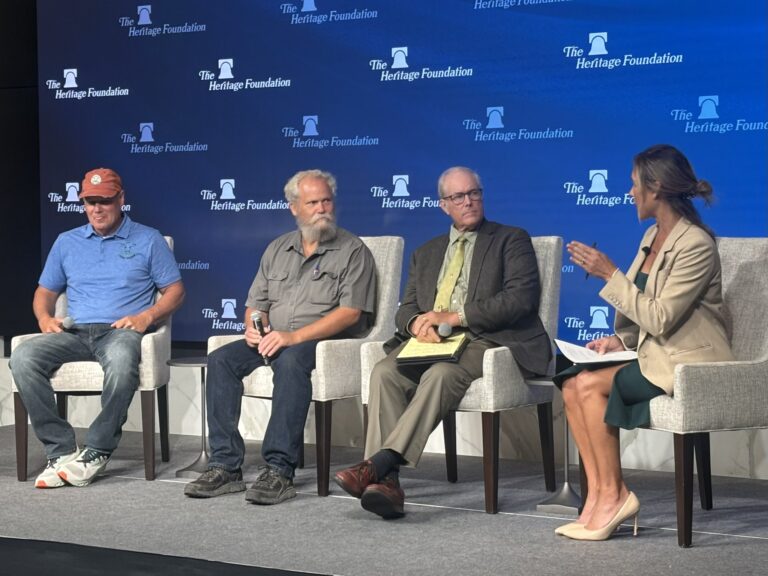
We break down key takeaways from the Heritage Foundation’s “The Future of Farming” event, where panelists discussed scaling regenerative agriculture in the U.S.

We laid out a roadmap for the MAHA Commission earlier this year. Now, ahead of the Commission’s strategy report release, we’re making our top 5 must-have recommendations loud and clear.

Two new lawsuits are ripping the lid off the U.S. Department of Agriculture’s (USDA) beef checkoff programs.
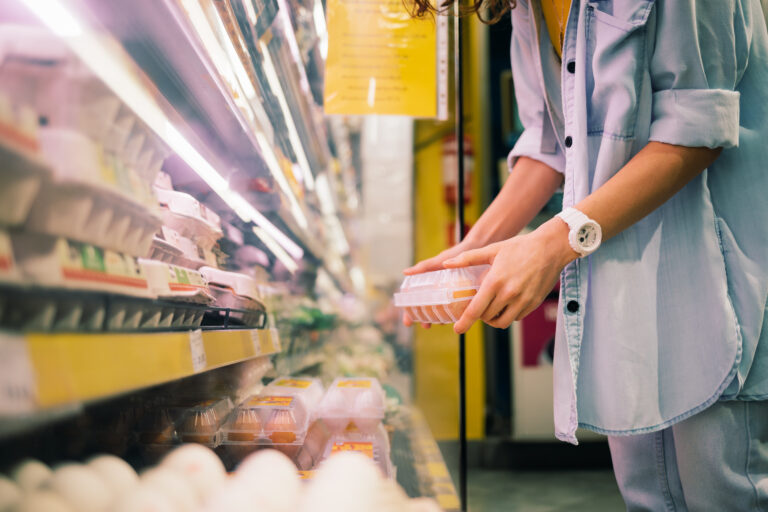
We exposed corporate price gouging in the egg industry, leading to federal investigations, proposed legislation, and lower egg prices for families.
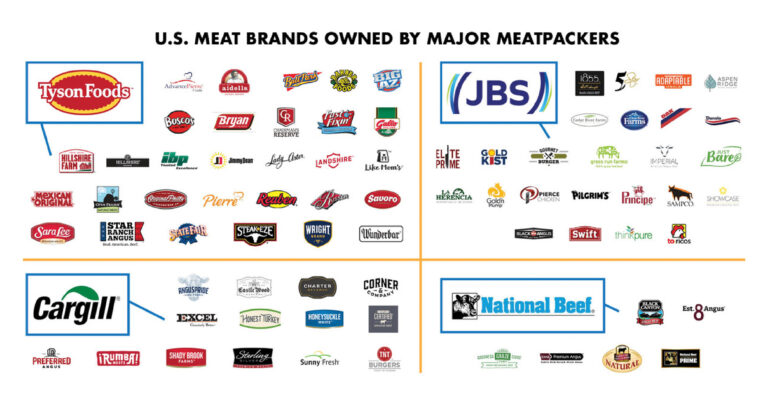
There is an illusion of choice at the grocery store, but when we pull back the curtain, only a handful of powerful companies own the sea of options on the shelves.